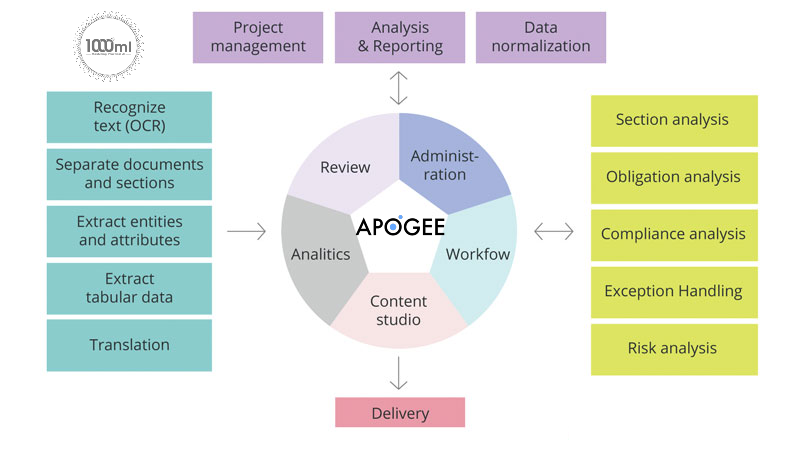An AI program can also compare those decisions with prior reports, especially in cases where the cases are similar. These details can help the program predict future legal outcomes and have AI Understand Legal Decisions.
This development is exciting because it can review various aspects of a case. By comparing prior cases and their results, it becomes easier for AI to see what events may happen in a new situation. AI can also access multiple reports through vast databases, providing an endless amount of data it can use to find content. But the work will be most efficient when the AI is developed well and works without bias risks.
How a FILAC Model Helps An AI Understand Legal Decisions
One way how an AI program can understand legal decisions is by using a FILAC model. The model involves reviewing the facts and issues in a case, checking current laws and providing analysis, and establishing a conclusion. This practice works in the research stage and helps monitor the facts and issues at hand, comparing details in the facts with current legal considerations.
Current law will help find details on legal concepts while being easy to follow. The work will help analyze legal standards, making it easier for people to determine cases.
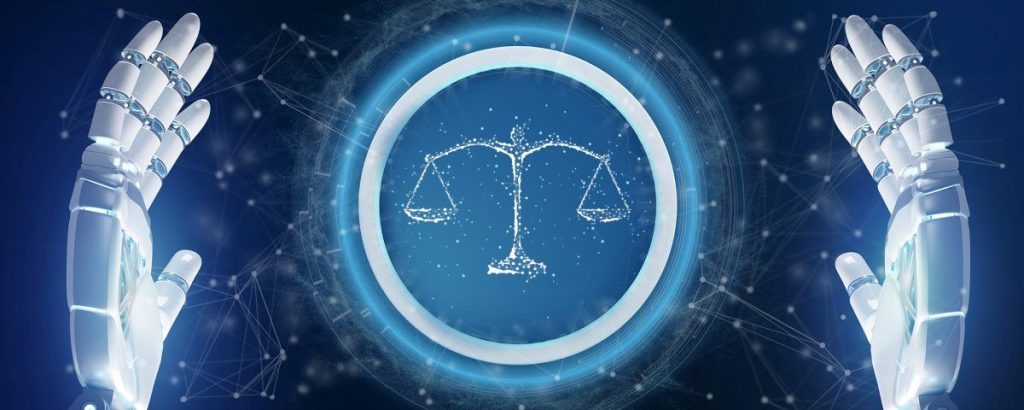
How Can AI Help?
AI can help understand legal decisions by exploring court cases and reviewing their results based on what court opinions appear. The AI can use machine learning to analyze new cases as they occur, helping it update its database as necessary.
AI can look at how different existing rules factor into court decisions. The AI can develop connections between cases after a while, including seeing trends in how cases with specific facts may often end in similar ways. The practice reduces possible bias within the AI by increasing the content it collects and keeping the AI from favoring one side.
The AI will also track different bits of content and compare it with what it finds in existing files. These files can expand as necessary, whether from manual input or from automatically analyzing different prior reports.
How Can AI Work Best?
AI works best when there’s enough oversight over how the system works. The people responsible for managing the AI system should review the new data that the AI setup receives on occasion to ensure its accuracy. The workers should also avoid including biases and incorrect data in the setup so the AI will not limit its responses in some form. Any biases developers input into the AI could harm the results the AI produces by prompting the creation of incorrect data.
The system may also work well when the current court proceedings refer to specific cases in their opinions. The AI can review whatever cases appear and then compare the current proceeding with the past case for details. The analysis helps create new connections and adds weight to prior cases.
There are no guarantees that a case will include details on a prior legal outcome. The AI must be ready to identify unique terms and concepts that appear at a time. Further analysis can identify the meanings of these terms and see how they appear in other documents. Any strings of words or phrases identical to what appears elsewhere may also help.
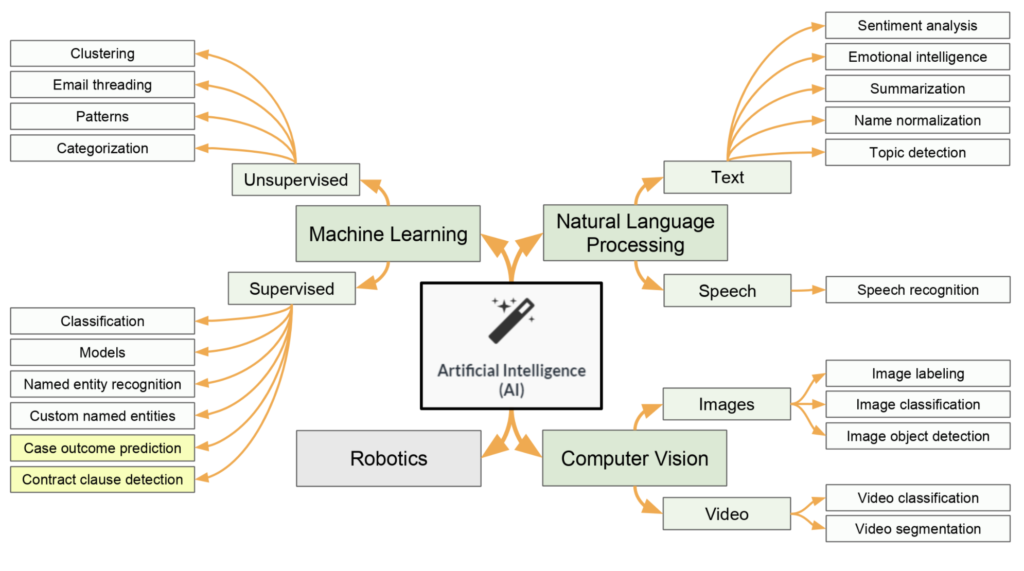
How Can AI Predict Legal Outcomes?
Review Draft Contracts
An AI program can review draft contracts based on prior events. The AI can use a standard contract template at the start to analyze what may appear in a traditional contract. The AI will then screen the contract to find the necessary sections it wants to define. The screening process can improve contract clarity while reducing the risk of possible disputes.
One example of how this can work involves reviewing a copyright infringement case. An AI can review the contract for an infringement case and compare the data with what appears in other infringement reports. The AI will check on how similar the contracts are between cases and use this to determine if a new situation will go the same way as the old one.
Analyze Potential Decisions
AI can also predict possible decisions on bail or sentencing. An example can involve the AI looking at similar cases based on factors like:
• How much weight a judge puts on certain issues in a case
• The severity of the criminal activities involved
• Any intention or other cause
• The amount of damage the issue triggers
• Any additional concepts the researcher might deem appropriate or necessary
AI can use as many details to analyze decisions as necessary to create a more accurate review of how a case might work. The AI program should be ready to check all these reports to find as many helpful details on something as possible.
Comparisons of As Many Cases As Necessary
AI can review as many cases as needed to identify the likelihood of certain things happening in an existing situation. The AI should cover as many details on a case as possible to improve how well it can identify points.
An AI program can connect to various interfaces to find court reports. The Public Access to Court Electronic Records or PACER system can help find content surrounding federal court cases. Other local databases can also work, although the options people can use will vary by state. Access points can also vary surrounding whatever works, so users will need to be cautious over what they might find when searching for content.
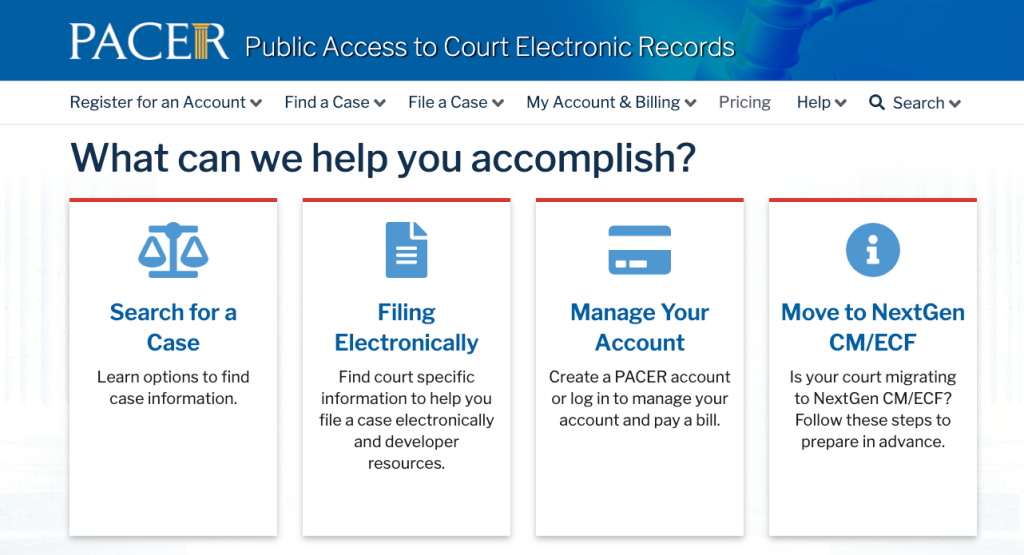
Is AI Necessary For Today’s Work Plans?
Artificial intelligence will be critical for helping law scholars and researchers understand how future cases may go. AI can check as many details on cases as necessary to find possible trends and results.
The need to understand how different cases might develop is critical to the success of any work plan. AI can help improve how legal decisions are analyzed and understood, providing a better approach to work that fits many needs.
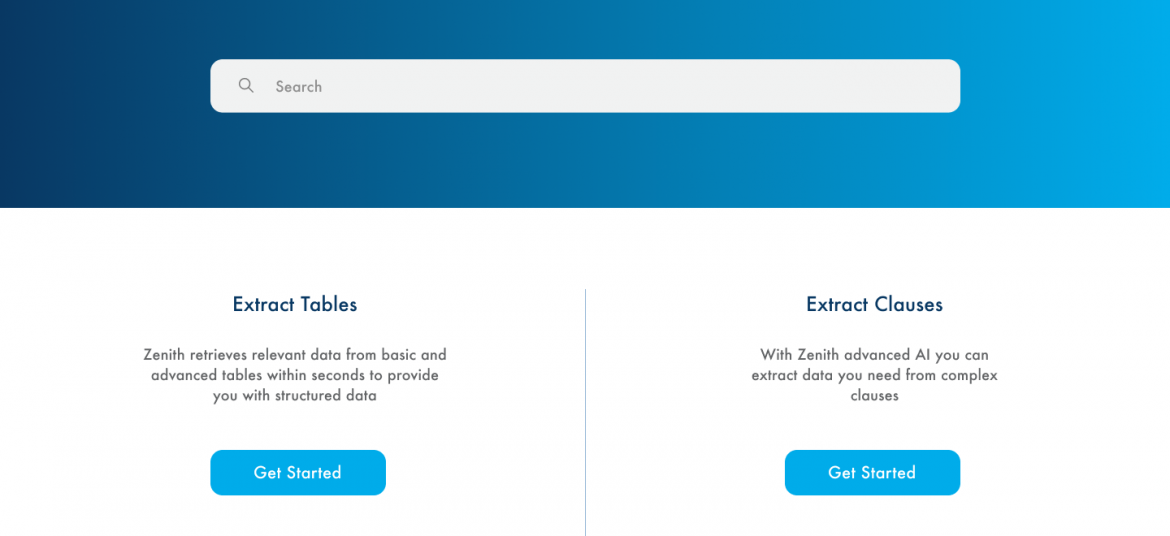
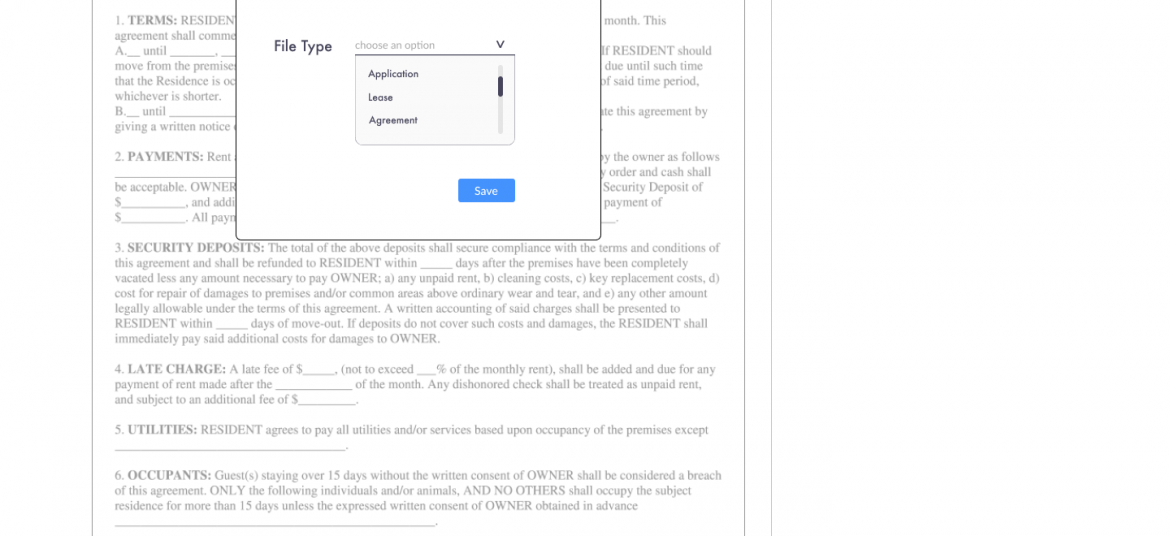
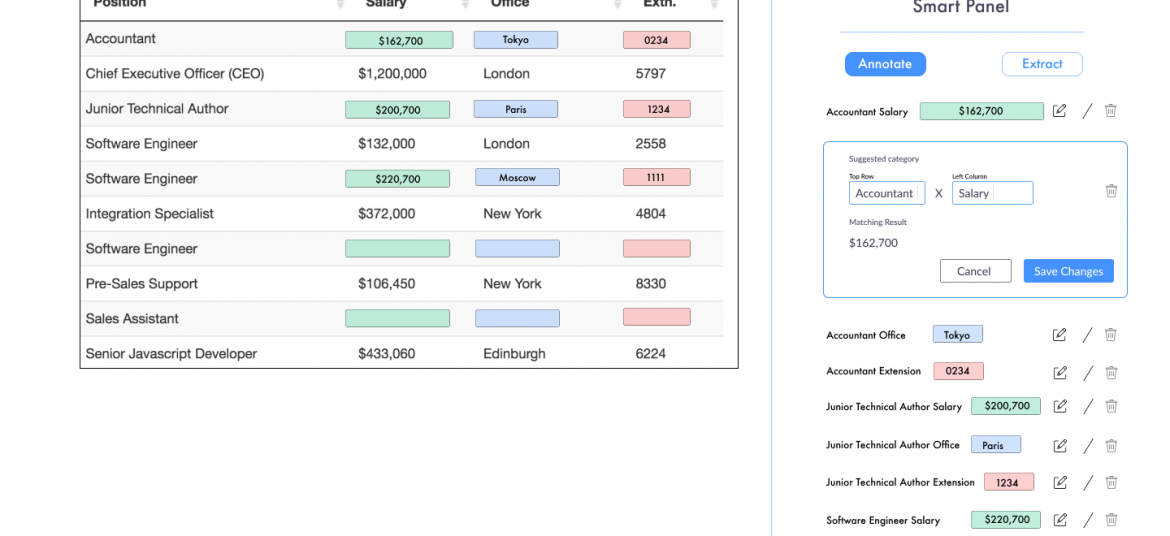
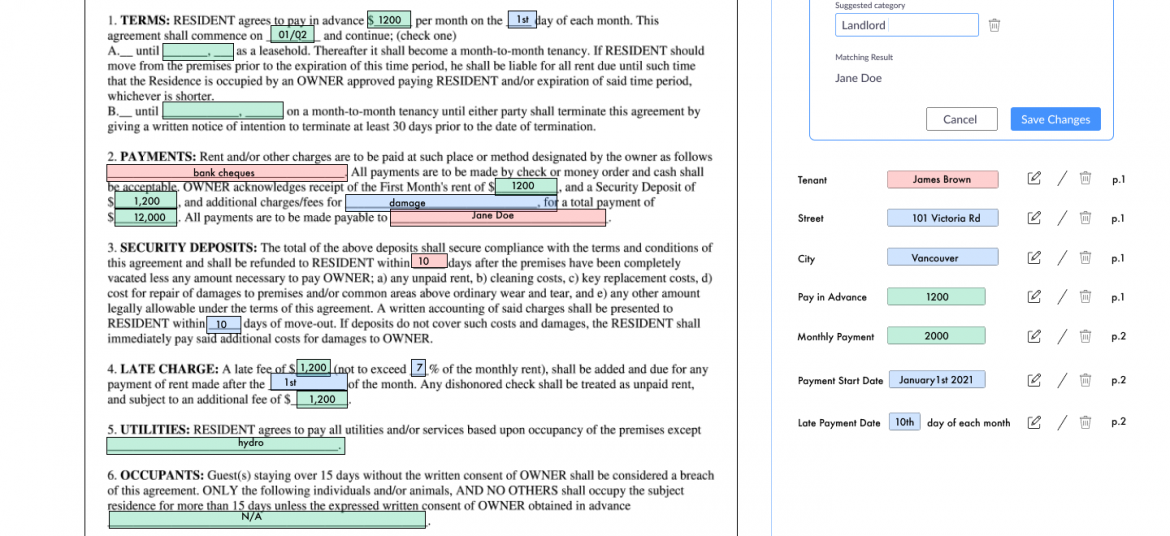
Apogee Suite of NLP and AI tools made by 1000ml has helped Small and Medium Businesses in several industries, large Enterprises and Government Ministries gain an understanding of the Intelligence that exists within their documents, contracts, and generally, any content.
Our toolset – Apogee, Zenith and Mensa work together to allow for:
- Any document, contract and/or content ingested and understood
- Document (Type) Classification
- Content Summarization
- Metadata (or text) Extraction
- Table (and embedded text) Extraction
- Conversational AI (chatbot)
Search, Javascript SDK and API
- Document Intelligence
- Intelligent Document Processing
- ERP NLP Data Augmentation
- Judicial Case Prediction Engine
- Digital Navigation AI
- No-configuration FAQ Bots
- and many more
Check out our next webinar dates below to find out how 1000ml’s tool works with your organization’s systems to create opportunities for Robotic Process Automation (RPA) and automatic, self-learning data pipelines.
